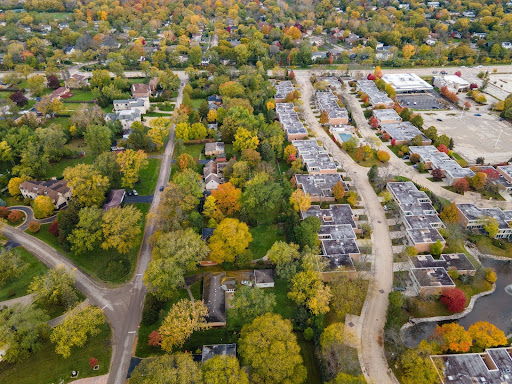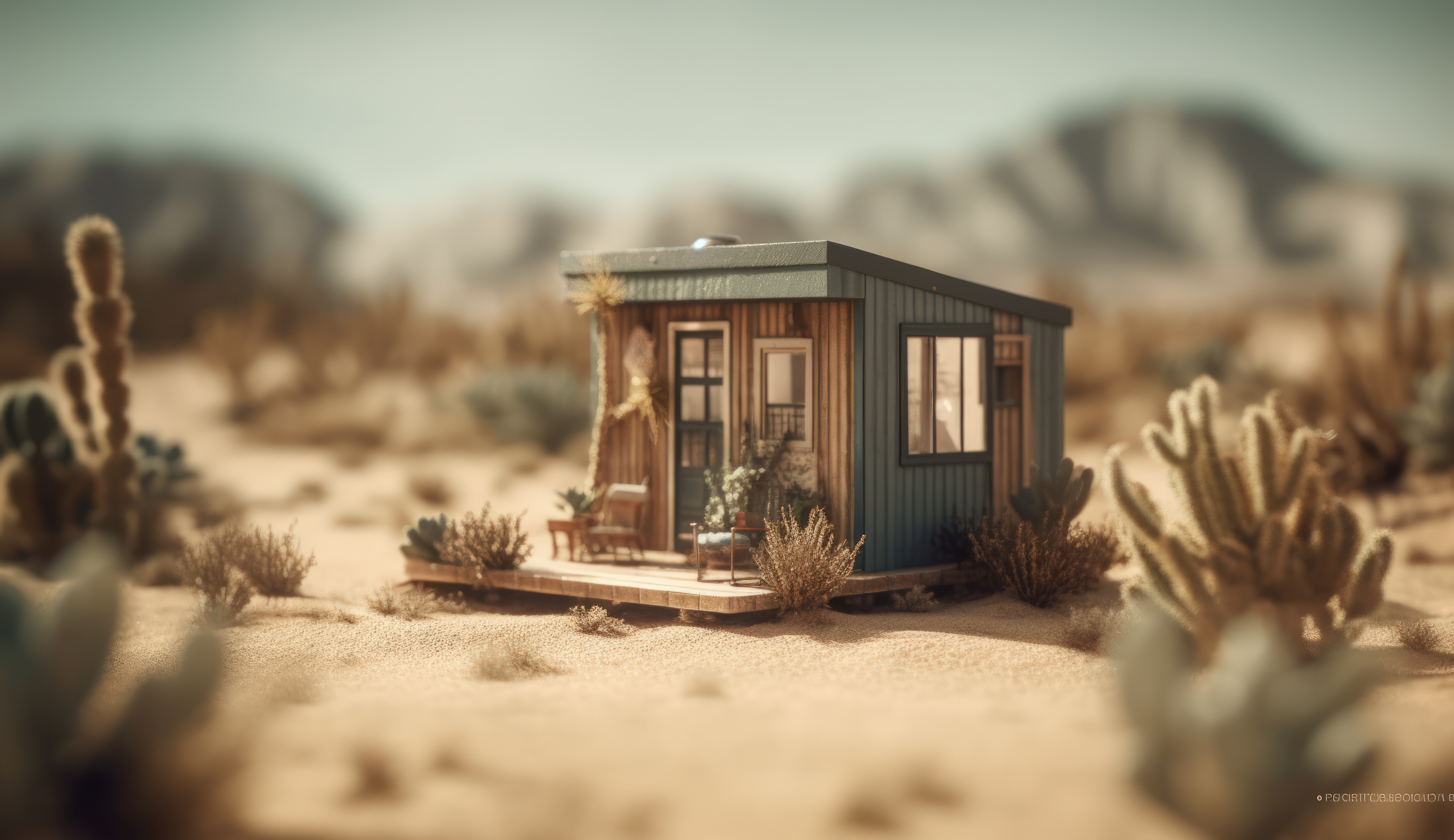Understanding the unique climate of Southern Arizona is essential for tiny home owners looking to prepare for winter. Unlike other regions, Southern Arizona experiences mild winter conditions, characterized by relatively warm days and cooler nights. This climate offers a distinct advantage for tiny home owners, as it reduces the need for extensive heating systems. However, it’s important to be prepared for sudden temperature drops and chilly nights that can occur during the winter months.
In Southern Arizona, the winter season is generally milder compared to the northern parts of the state or other colder regions in the United States. Daytime temperatures often remain comfortable, but nights can get surprisingly cold. This variation in temperature is significant for tiny home owners, as it requires specific preparation to maintain a comfortable living environment. Being prepared for these fluctuations can enhance the livability of a tiny home, making it a cozy retreat even during the coldest nights.
Insulating Your Tiny Home
Insulating a tiny home effectively is crucial to maintaining warmth during Southern Arizona’s winter nights. Various insulation materials are suitable for tiny homes, including spray foam, rigid foam panels, and fiberglass batts. Each material has its advantages, with spray foam offering superior air sealing properties and rigid foam panels providing excellent thermal resistance.
Insulating the walls, floors, and ceilings of a tiny home is essential to prevent heat loss. Proper insulation helps maintain a consistent indoor temperature, reducing the need for additional heating. Weatherstripping is another practical solution to seal windows and doors, preventing drafts and conserving energy. Additionally, thermal curtains can significantly impact energy efficiency by providing an extra layer of insulation over windows, keeping the cold out and the warmth in.
Heating Systems: Maintenance and Efficiency
Tiny homes in Southern Arizona often utilize heating systems such as electric heaters and propane stoves. These systems can effectively warm up small spaces, but regular maintenance is key to ensuring their efficiency. Checking for any blockages, cleaning filters, and ensuring proper ventilation can help these systems run smoothly throughout the winter.
Energy-efficient practices are vital for reducing heating costs. Setting thermostats to lower temperatures during the night or when the home is unoccupied can save energy. Additionally, using programmable thermostats can optimize heating schedules, ensuring warmth when needed while conserving energy. For more detailed information on maintaining heating systems, visit this resource.
Protecting Plumbing from Cold Weather
Even in the mild climate of Southern Arizona, the risk of frozen pipes exists. Tiny home owners should be aware of this possibility and take preventive measures. Insulating exposed pipes and using heat tape can effectively protect plumbing from freezing temperatures. It’s also advisable to keep a steady trickle of water flowing through the pipes during particularly cold nights, as moving water is less likely to freeze.
Energy Efficiency Tips for Winter
To reduce electricity usage during winter, tiny home owners can benefit from using LED lighting and energy-efficient appliances. These options consume less energy and have a longer lifespan compared to traditional alternatives. Solar panels can also be a valuable addition, providing supplemental energy even during the shorter days of winter.
Smart thermostats play a crucial role in maintaining consistent indoor temperatures while optimizing energy use. By learning user preferences and adjusting settings accordingly, these devices can contribute to significant energy savings. For more insights into energy efficiency in homes, refer to this article.
Creating a Cozy Interior
Creating a warm and inviting atmosphere inside a tiny home is achievable through thoughtful design and decor. Textiles such as rugs, blankets, and cushions add warmth and comfort, enhancing the coziness of the space. These elements not only provide physical warmth but also contribute to the overall aesthetic appeal of the home.
Decorative elements should be chosen carefully to avoid cluttering the limited space of a tiny home. Opt for items that serve both functional and decorative purposes, ensuring a balance between comfort and practicality.
Local Resources and Community Support
In Tucson and surrounding areas, various local businesses and services offer solutions for winterizing tiny homes. These resources can provide valuable assistance in preparing for the colder months, from insulation services to heating system maintenance.
Community groups play an important role in sharing tips and resources for tiny home living. Engaging with local workshops or events focused on home winterization can provide additional insights and support. These gatherings offer opportunities to connect with fellow tiny home enthusiasts and learn from their experiences, fostering a sense of community and shared knowledge.
By understanding the climate, insulating effectively, maintaining heating systems, protecting plumbing, and optimizing energy use, tiny home owners in Southern Arizona can ensure their homes remain comfortable and efficient throughout the winter months. With the support of local resources and community connections, preparing for winter becomes a collaborative and rewarding experience.


